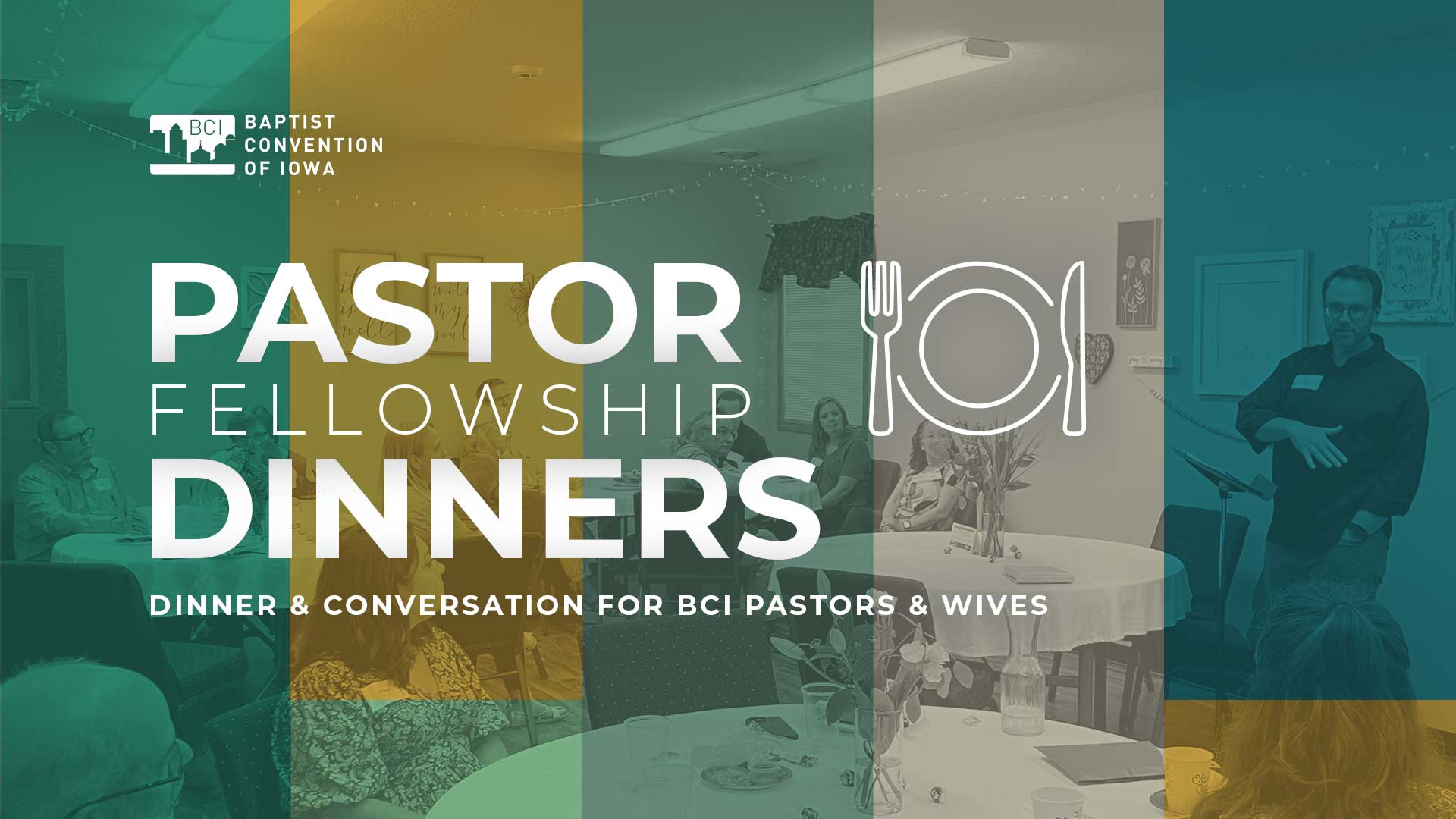By Thom S. Rainer
It seems to be a Catch-22. If your congregation is older, the way to reach younger families is to have younger families in your church. But the reason the congregation is older is because it has few or no younger families.
I have seen this played out on numerous occasions. A young family visits a church. They notice there are only older adults in the worship services. The young family decides not to return as they surmise there are few opportunities for younger adults and their children.
Hear me clearly. I am not suggesting there is anything inherently wrong with a congregation of senior adults. But I have been asked on numerous occasions how these churches can possibly reach younger families. Rather than give you my own subjective opinions, let me share with you five different ways some churches have actually accomplished this feat.
- They prayed for younger people to come to their church. Sometimes in our quest to find methodological solutions in our churches, we neglect the most important Source of our needs: God through prayer. Some senior adult churches have done just that. They have subsequently seen young families and young singles come into their churches.
- They were willing to change. There is a natural tendency to resist change as we get older. Colloquially, it is often expressed as “getting settled in our ways.” I spoke with one 77-year-old man who made a visit to the church in town that was reaching young people. He saw what attracted those younger generations in contrast to what was taking place in his church. He prayed that God would give him a heart that was other-focused instead of me-focused. He would later become a leader of the older congregants urging them to let go of things that were simply their preferences.
- The members expanded their social circles to younger people. Relationships are key to reaching people. If older adults are intentional about connecting with younger persons in their social settings, those relationships will soon transfer to the church.
- The members started Bible studies with younger adults. The example where I have familiarity is a senior adult man who began a Bible study in his home. He invited people in his neighborhood to attend, many of whom were younger families. Eventually he invited them to church, and some responded positively. An elderly woman took the same concept and began mentoring some younger women.
- Younger adults are asked to be “missionaries” to the older-adult congregation. One church successfully received two-year commitments from five young families to be a part of the older congregation. These younger families were highly intentional about inviting their peers, and the church grew with younger people. A word of admonition is in order here. You cannot simply ask younger families to join you. The older congregants must be willing to listen to the younger families and act on many of the changes they suggest.
Again, let me be clear that I am not suggesting one generation is inherently superior to another. I am responding to numerous requests for ideas on how churches of primarily senior adults can reach younger families.
I have little doubt you readers have some great thoughts. Let me hear from you.
This article was originally posted on ThomRainer.com.
Thom S. Rainer is the president and CEO of LifeWay Christian Resources.






